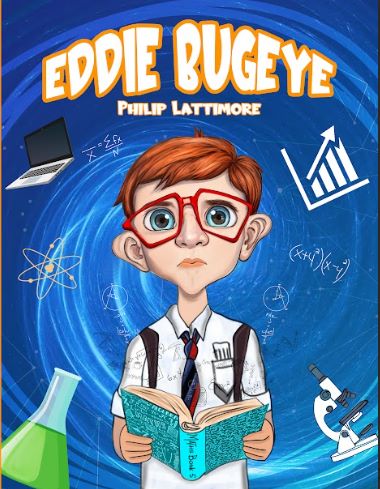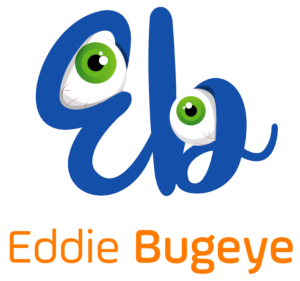As a parent, you naturally want the best for your child, and one of the most effective ways to guide them is through the stories they read. Children’s book characters do more than entertain; they serve as powerful role models, subtly imparting essential values that shape young minds.
Here’s the hidden lessons behind some of your child’s favorite characters and how you can use these stories to teach vital life skills.
Encouraging Individuality
One of the most significant lessons a children’s book character can teach is the importance of embracing one’s individuality. Books like Eddie Bugeye by Philip Lattimore are perfect examples.
Eddie’s journey is a testament to the power of self-acceptance, showing young readers that it’s okay to be different. Through Eddie’s adventures, your child can learn to celebrate their unique traits and understand that being true to oneself is a strength, not a weakness.
How to Teach This Lesson:
- After reading a story, discuss what makes the character unique.
- Encourage your child to share what they think makes them special.
- Use the character’s story to reinforce the idea that it’s okay to be different.
The Power of Kindness and Empathy
Children’s book characters often display kindness and empathy, two crucial values for social interaction. Think of beloved characters like Winnie the Pooh or Paddington Bear, whose stories revolve around helping friends and showing compassion. These narratives help children understand the importance of considering others’ feelings and the positive impact of kindness.
How to Teach This Lesson:
- Ask your child how the character’s kindness made a difference in the story.
- Encourage acts of kindness by setting up small tasks, like helping a friend or sharing with siblings.
- Relate the character’s actions to real-life situations your child might encounter.
Standing Up for What’s Right
Another critical lesson from children’s book characters is the importance of standing up for what’s right. Characters like Matilda from Roald Dahl’s classic book show bravery in the face of injustice, teaching children that it’s essential to stand up for themselves and others, even when it’s difficult.
How to Teach This Lesson:
- Discuss situations where the character stood up for themselves or others.
- Role-play scenarios where your child might need to be brave, helping them prepare for real-life challenges.
- Reinforce the idea that standing up for what’s right is more important than being popular.
Cultivating Resilience and Perseverance
Resilience is another value deeply embedded in many children’s book characters. Whether it’s Harry Potter facing challenges at Hogwarts or Eddie Bugeye navigating his journey, these characters demonstrate the power of perseverance. They teach your child that setbacks are temporary and can be overcome with determination and effort.
How to Teach This Lesson:
- Talk about a time when the character faced a tough situation and didn’t give up.
- Encourage your child to keep trying, even when something is difficult.
- Celebrate small victories to show that perseverance pays off.

Conclusion: The Impact of Stories on Young Minds
Books are more than just stories; they are powerful tools that shape your child’s values and perspectives. By understanding the hidden lessons in your child’s favorite characters, you can use storytelling as a way to teach essential life skills.




